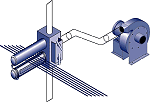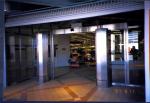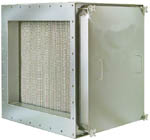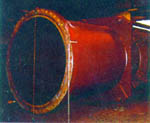
CB Blowers
---------- HVAC
-----------
CB Blowers offers a variety of industrial, process and
commercial heating, ventilation and air conditioning products for
virtually any HVAC application:
Electric Gas Heaters
- Capacities to 1000 kW, 40 kW/ft2
- (3) Electric elements types: open element,
tubular element, finned element
- Various mounting types: Slip-In, Flanged, Round
Collar
- A superior quality with very reasonable
cost
- Low maintenance - no serviceable
components
- Horizontal or vertical duct installation
- Capacities above 1000 kW - on application
|
|
|
Air Systems
- High-penetration air knives blowers
- Laminar flow air curtains fans
- Tangential blowers
- Air gates ventilators
- Air screens
- Air circulation systems
- Material handling blower systems
|
|
Canada Blower Air Make-Up Units (AMUs) are Air Handling Units that
provide 100% outside air to a building. When air is exhausted from a
building it needs to be replaced at the same rate. AMUs are designed to
replace the exhausted air with filtered outside air and often use
direct or indirect heaters to temper the air before it is supplied to
the building. Direct-fired heating units are very popular, as they are
typically 20% to 40% more efficient than indirect models.
Traditionally, forward curved (FC) fans are used in AMUs, due to the
low static pressure requirements and the lower cost of these fans. As a
leading supplier of fans used in these Air Make-Up Units, Aerovent can
manufacture our products to meet our customer’s exact specifications.
|



|









